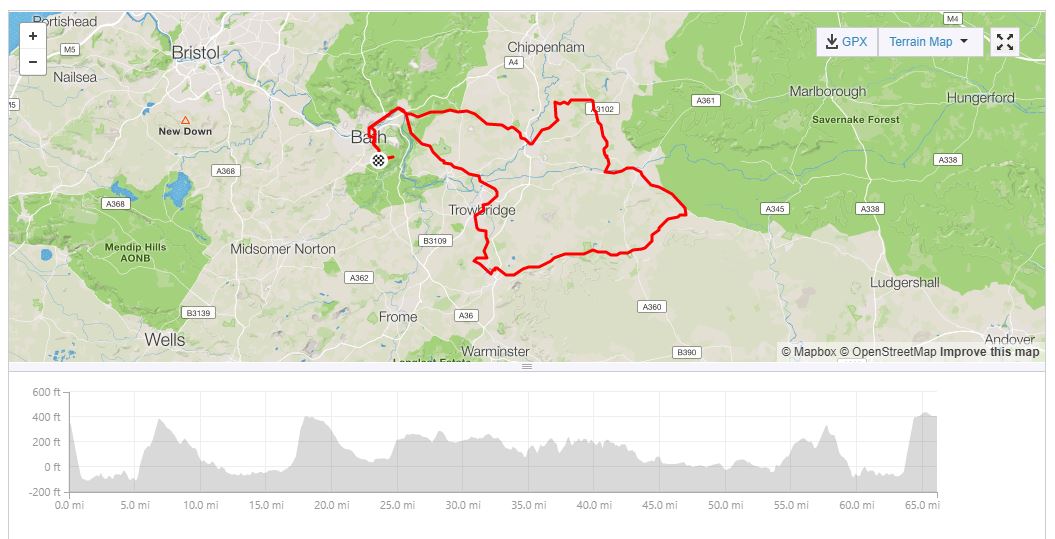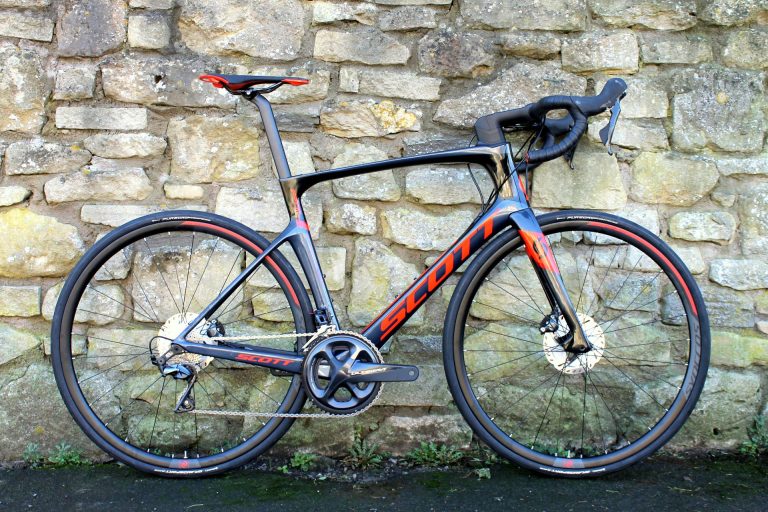This means you can have the pro race CF4 frame you’ll see Bahrain-Merida riding this year, or the CF2 design that receives a taller headtube (20mm taller in the M/L size on test), naturally bringing the entire cockpit up towards the rider.
That headtube, and the downtube and seattube, are distinctively truncated in a NACA Fastback profile, while you’ll spot a lowered seatstay-seattube junction to hide the rear triangle from the wind. This spawns narrow seatstays which flare outwards markedly to accommodate the Reacto’s disc rotors.
“Time will tell what the Reacto is like to live with, but at the time of writing we’ve already taken it for a 107km ride around the Wiltshire countryside and have been impressed”
All in, Merida claims the updated frame has achieved aero improvements of up to eight per cent in the wind tunnel over the existing model, and the truncated shapes should minimise disruption in crosswinds.
As well as a slightly more relaxed geometry, the CF2 frameset is made from a less advanced (and heavier) carbon fibre than the CF4, with claimed frame weights of 1,150g and 1,030g respectively. The Reacto Disc 6000 with Shimano Ultegra comes in at 8.36kg for the complete build – that’s not especially light, but aero efficiency is the name of the game here, and means it can hit a more competitive price point: the 6000 is a round £3,000.



